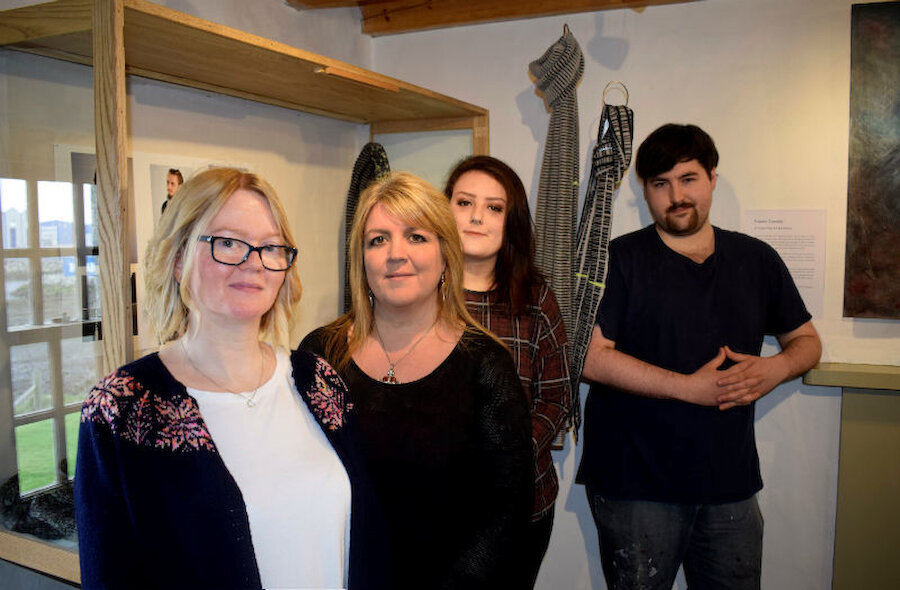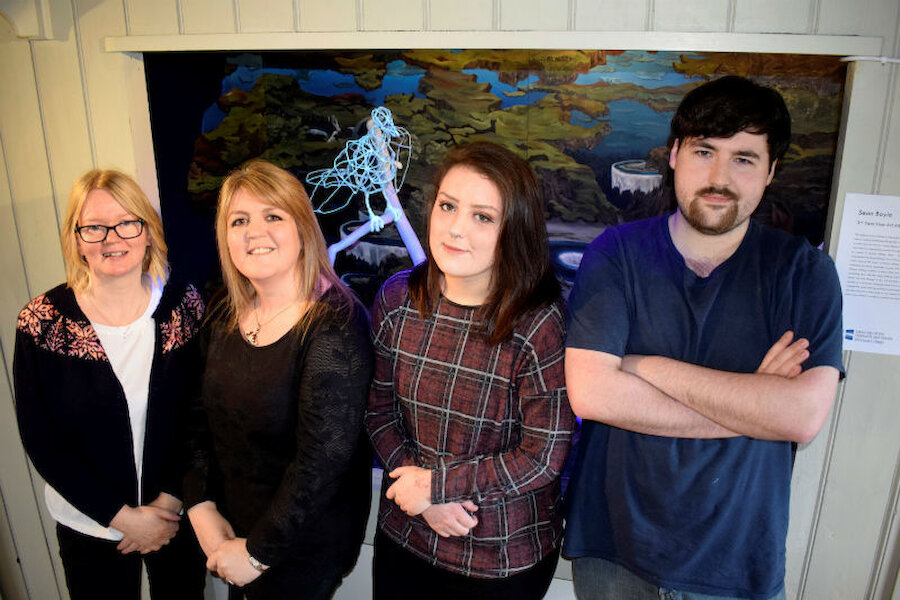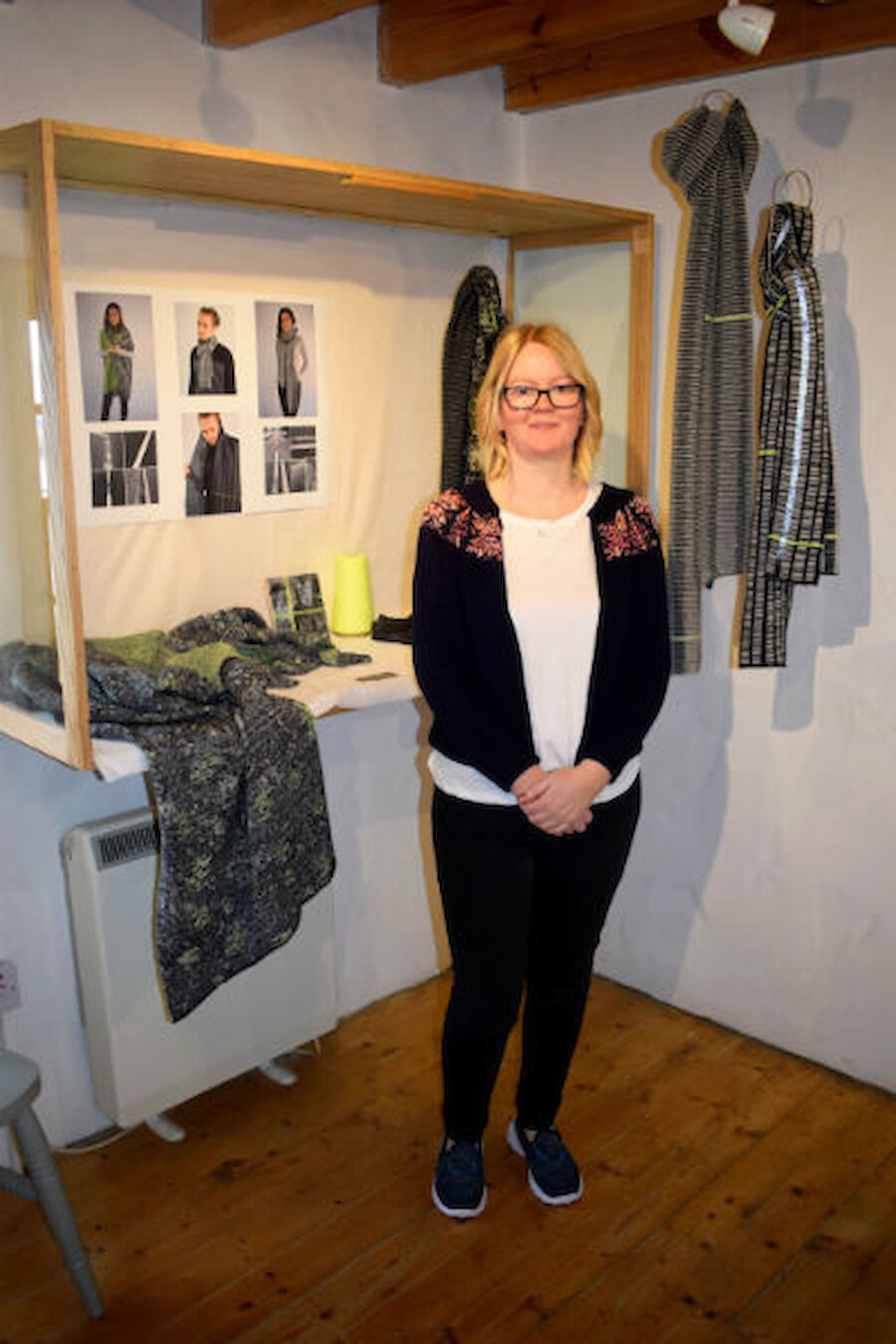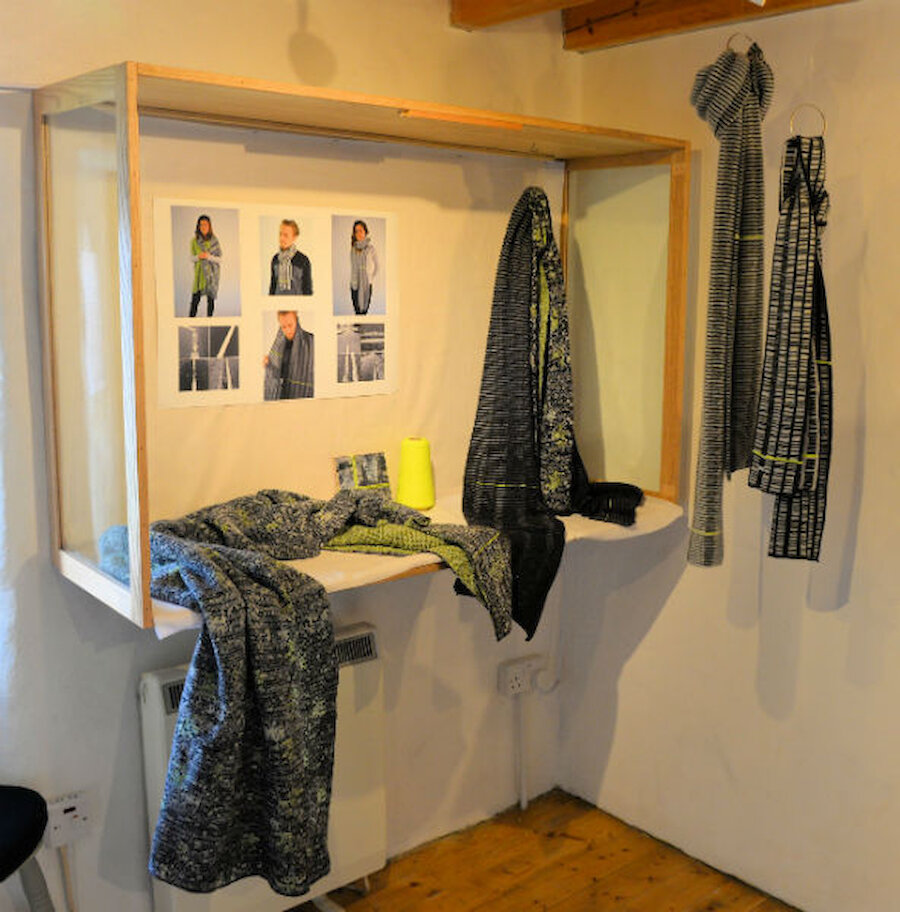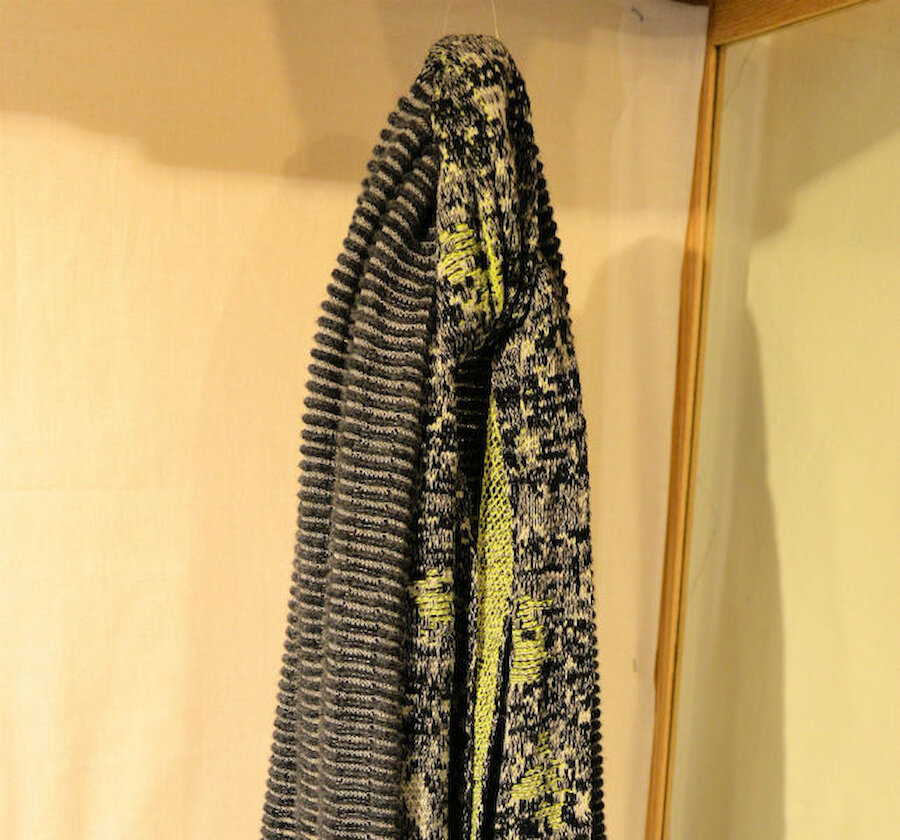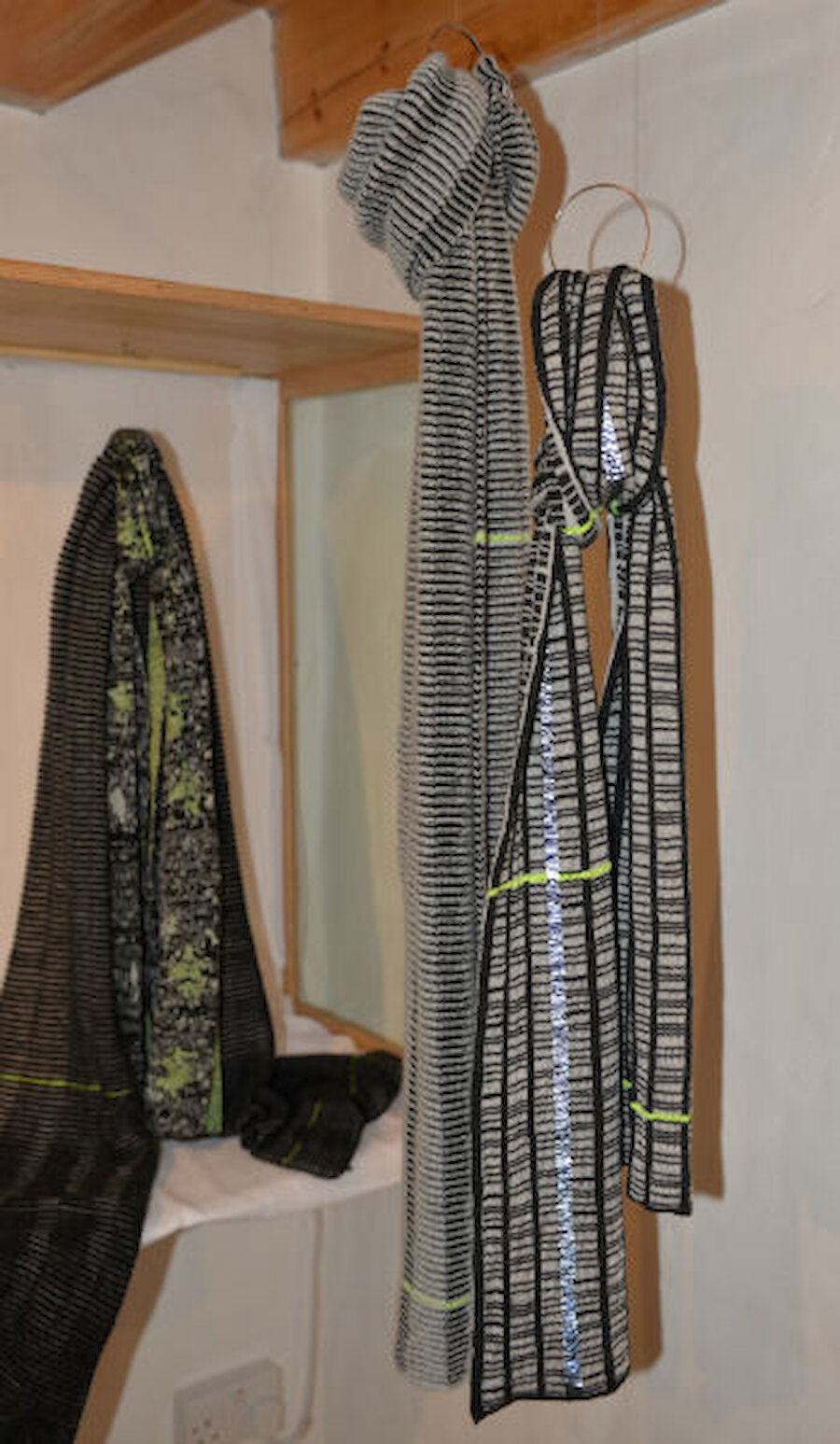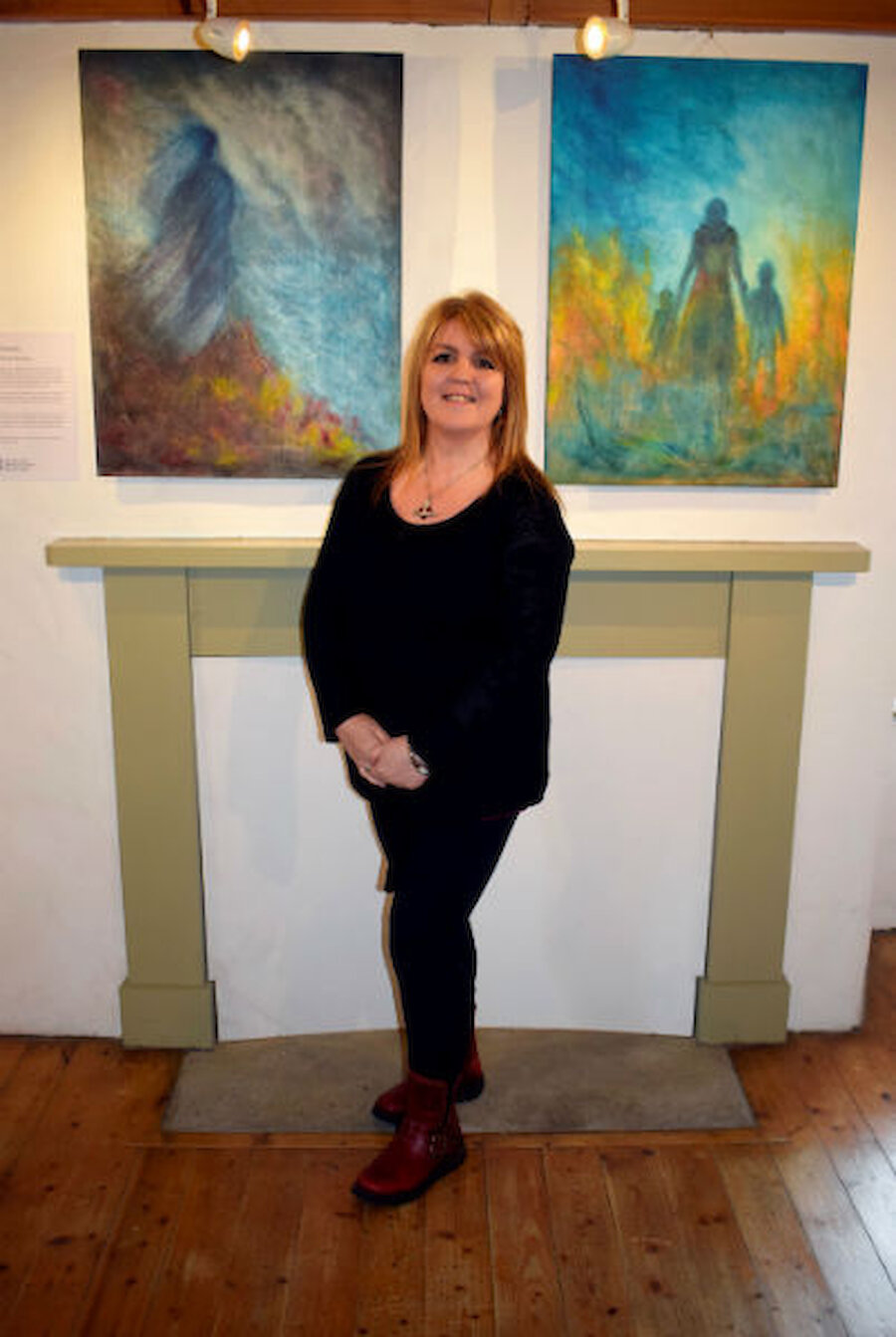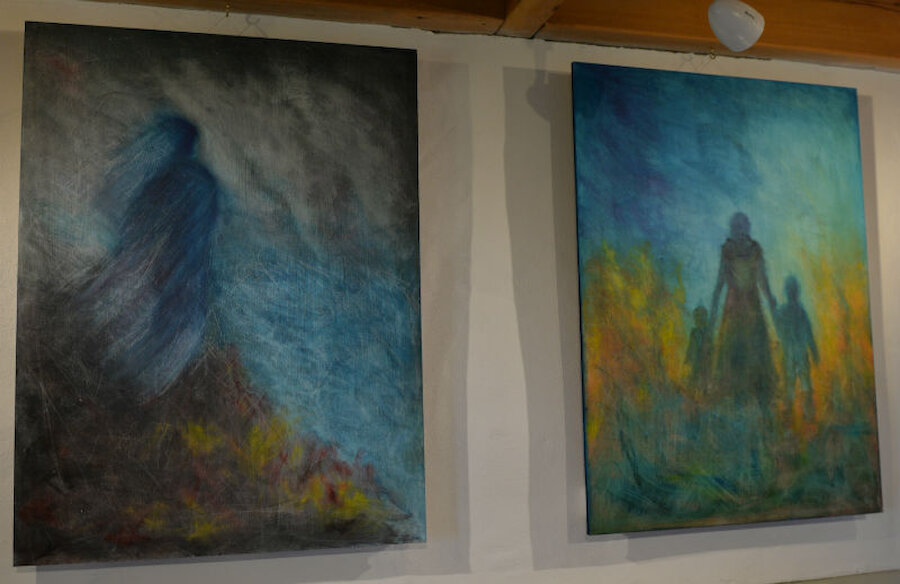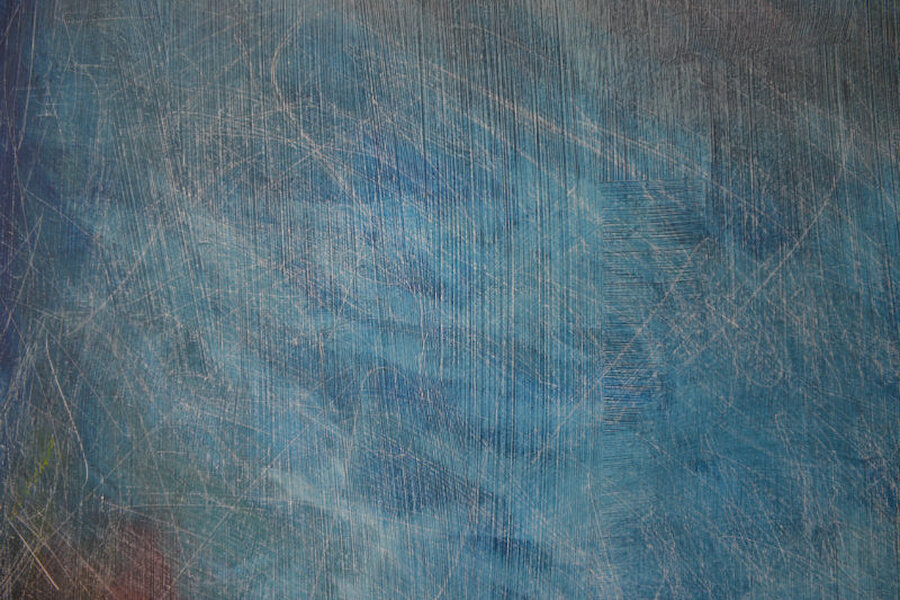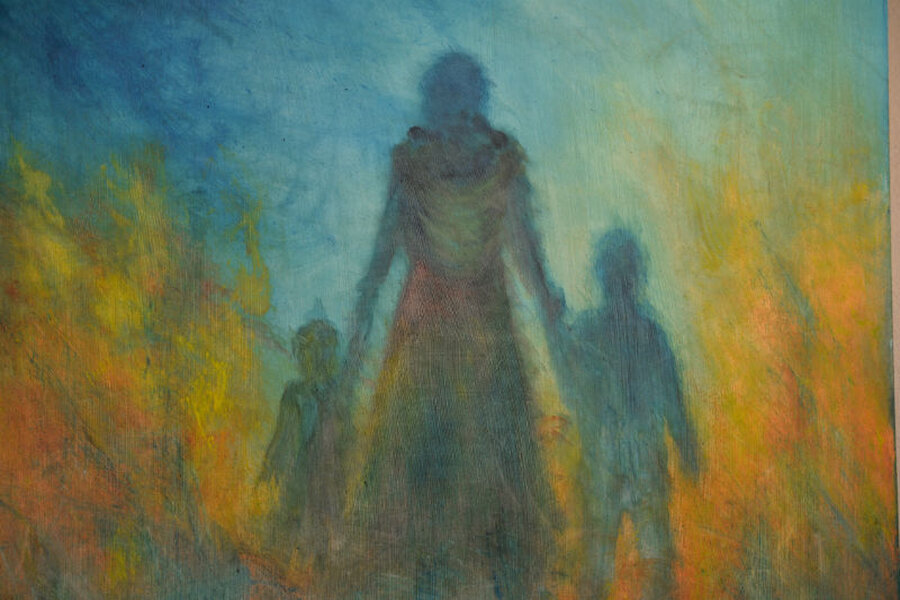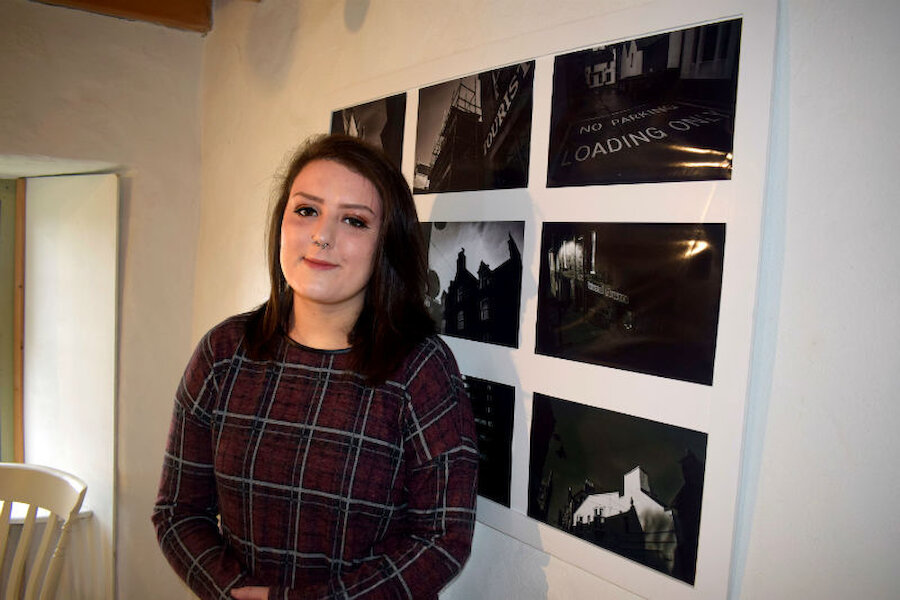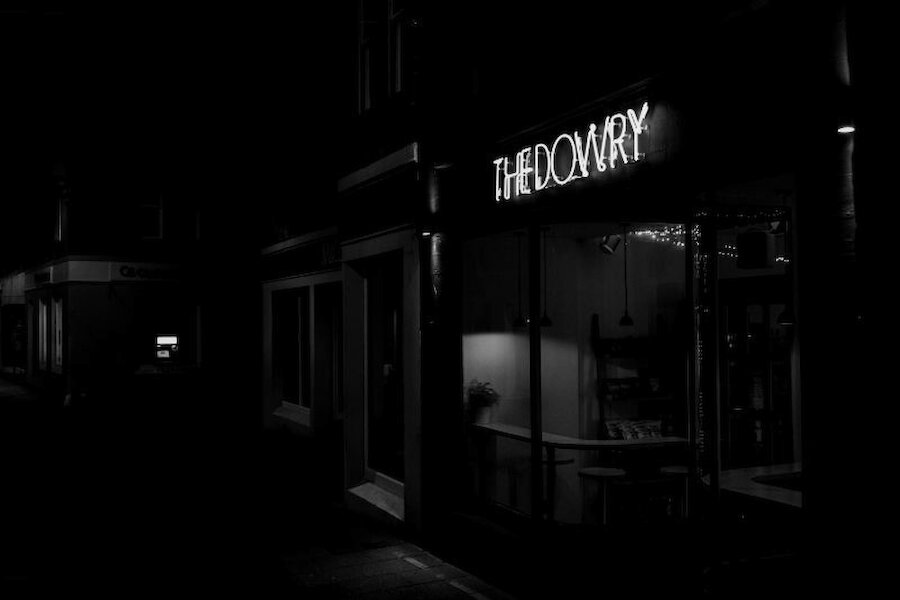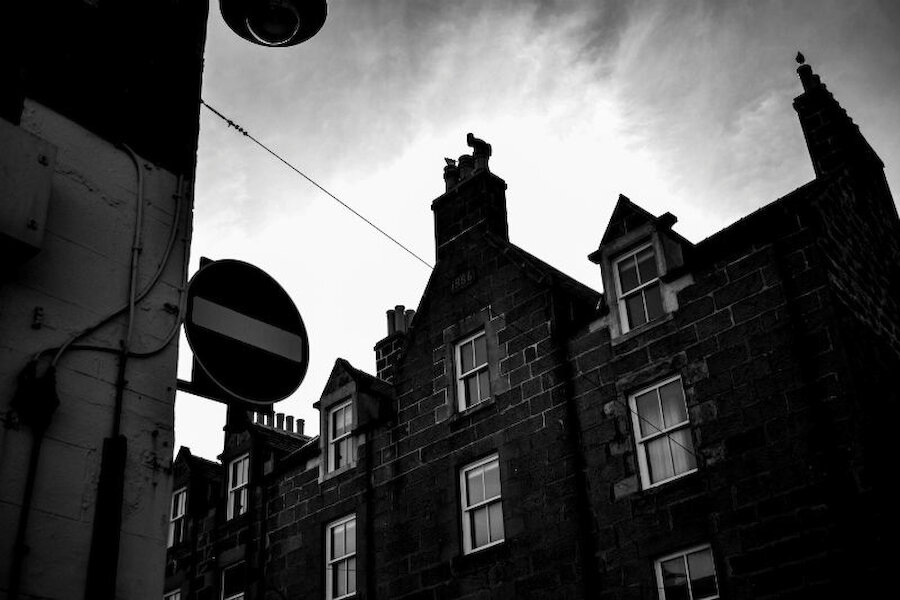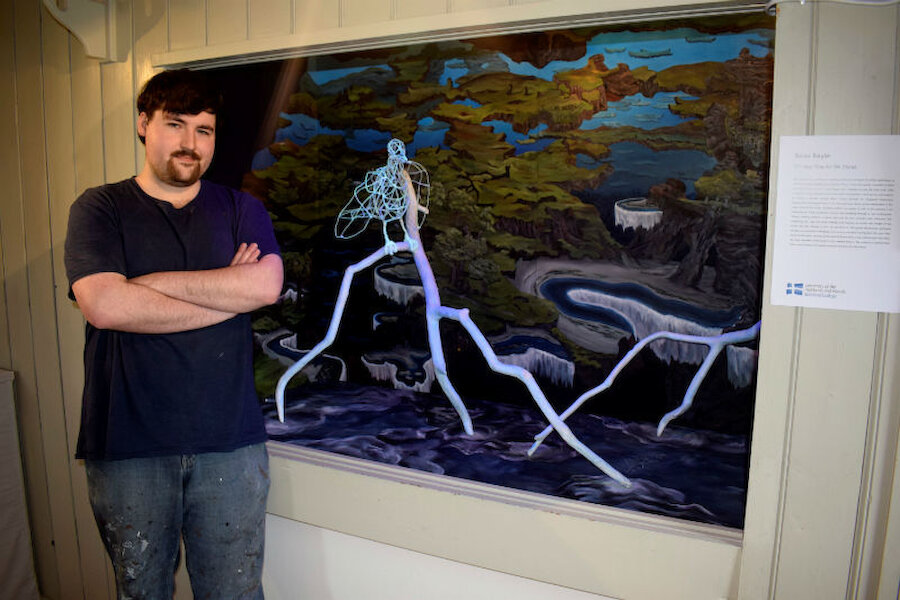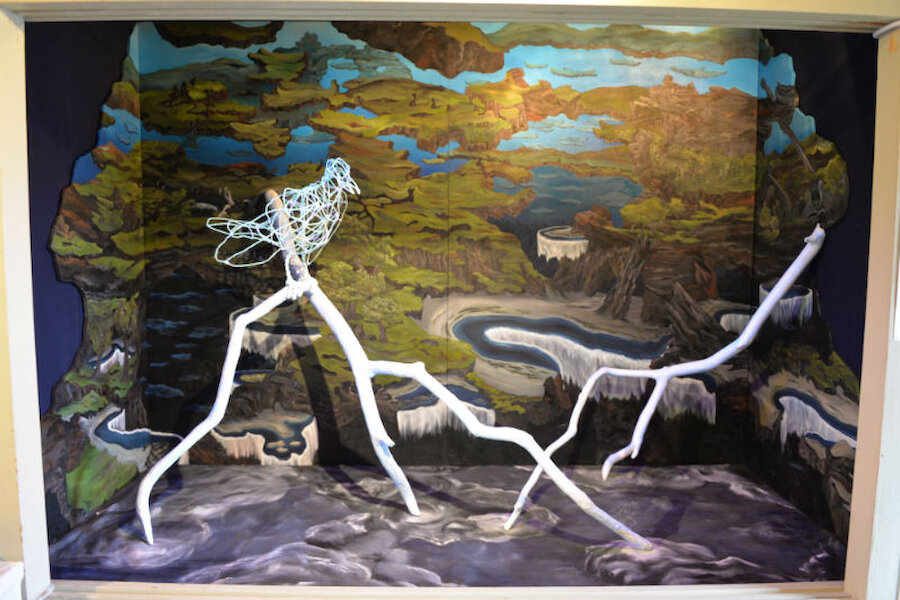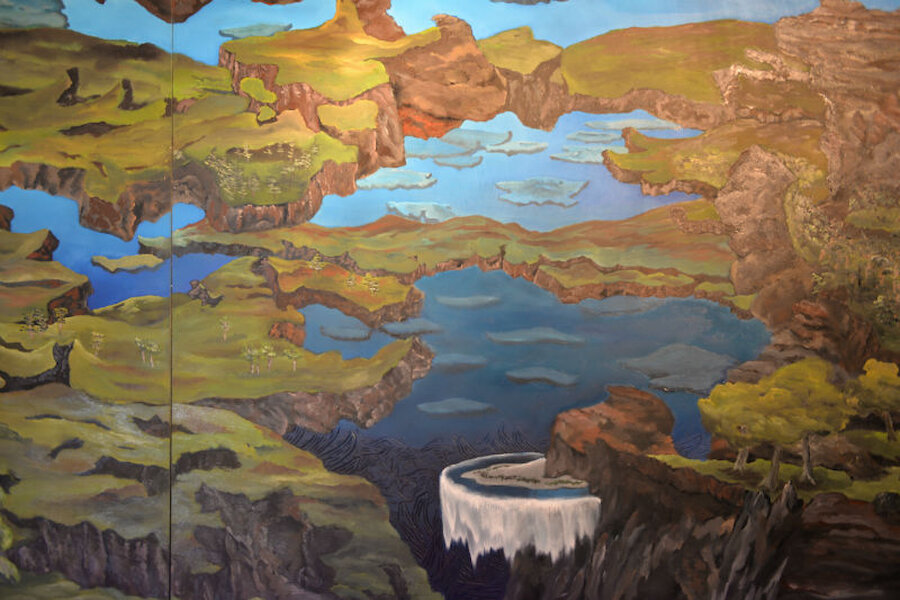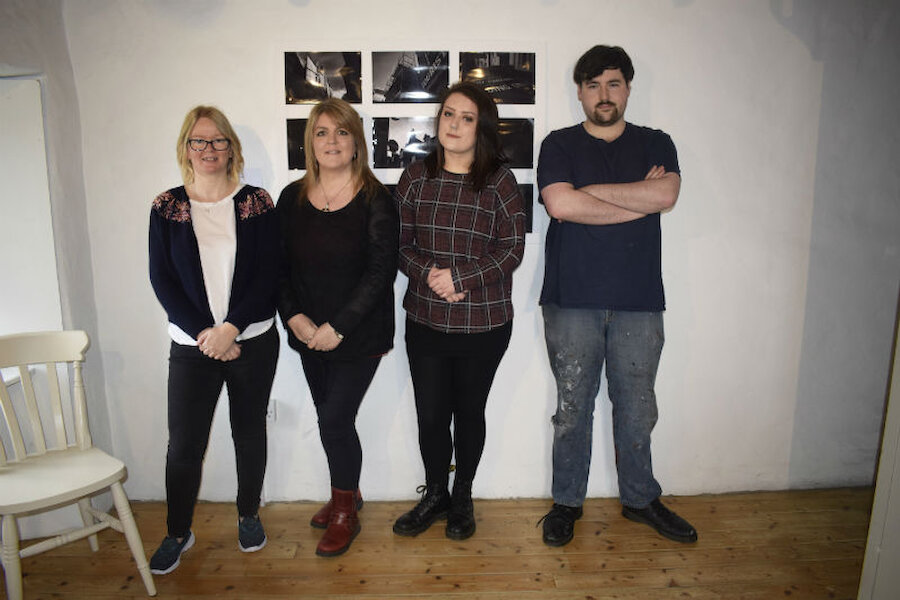A new exhibition at the Shetland Textile Museum displays the work of students approaching the end of their third year on courses at the University of the Highlands and Islands’ Shetland College. More than that, the show underlines the diverse backgrounds of those involved and illustrates the range of opportunities that the college’s courses present.
The staging of an exhibition forms part of a module in the third year for students on both the BA (Honours) Fine Arts course and the BA (Honours) Contemporary Textiles course. As is normal practice in Scottish universities, the course lasts for four academic years.
When I went along to the exhibition, I spoke first to Faye Hackers, who is Programme Leader for Contemporary Textiles. She praised the way in which the students had worked together across course boundaries and pulled off such a successful display.
“This group has worked really, really well by themselves. There’s definitely an option for quite a lot of hand-holding but this student group have done fantastically. They’ve taken really well to working together as a group, considering it’s the first time we’ve had fine art and textiles together. I must say it’s been a huge success and I’m really happy with what they’re doing.”

